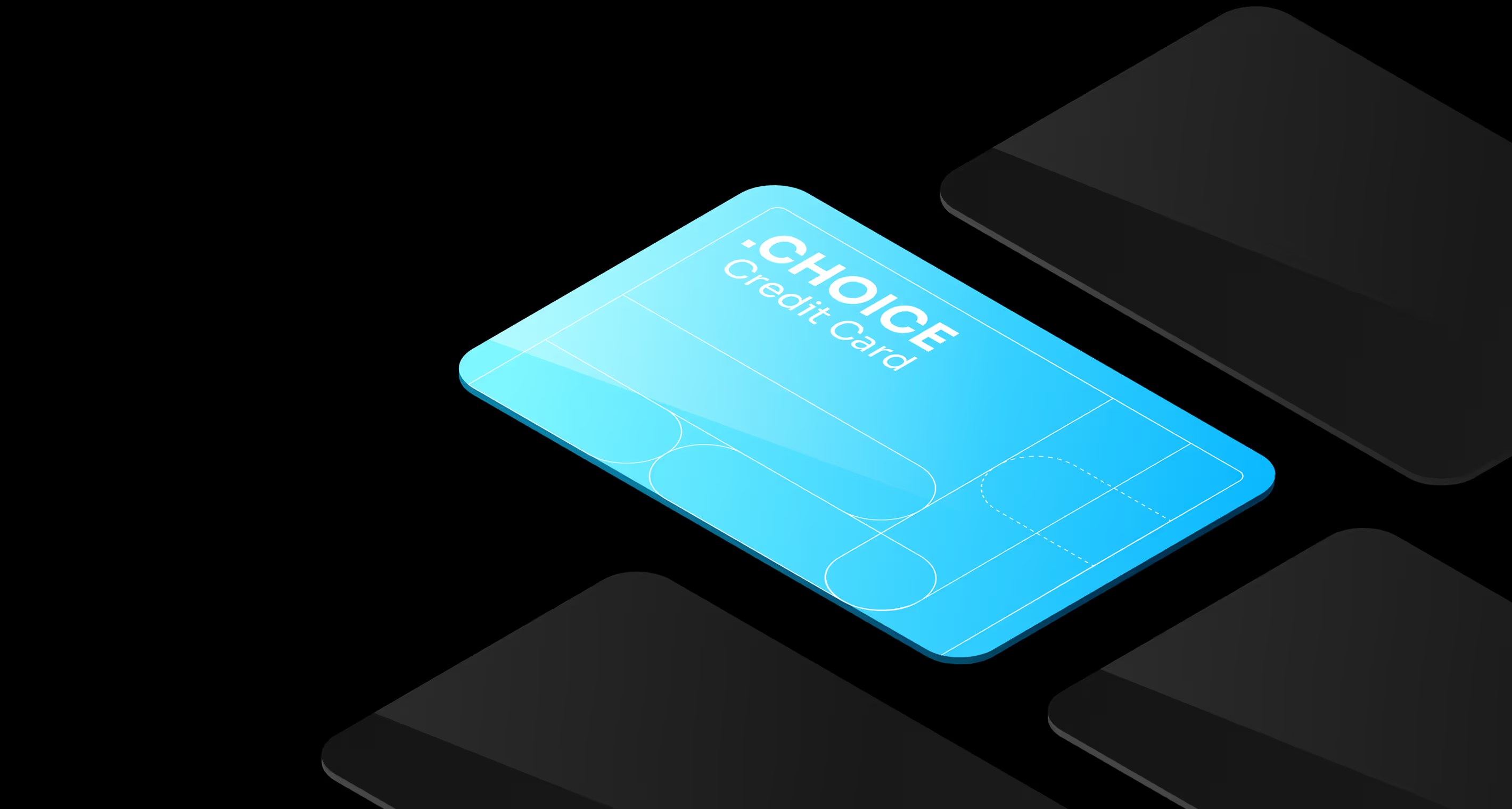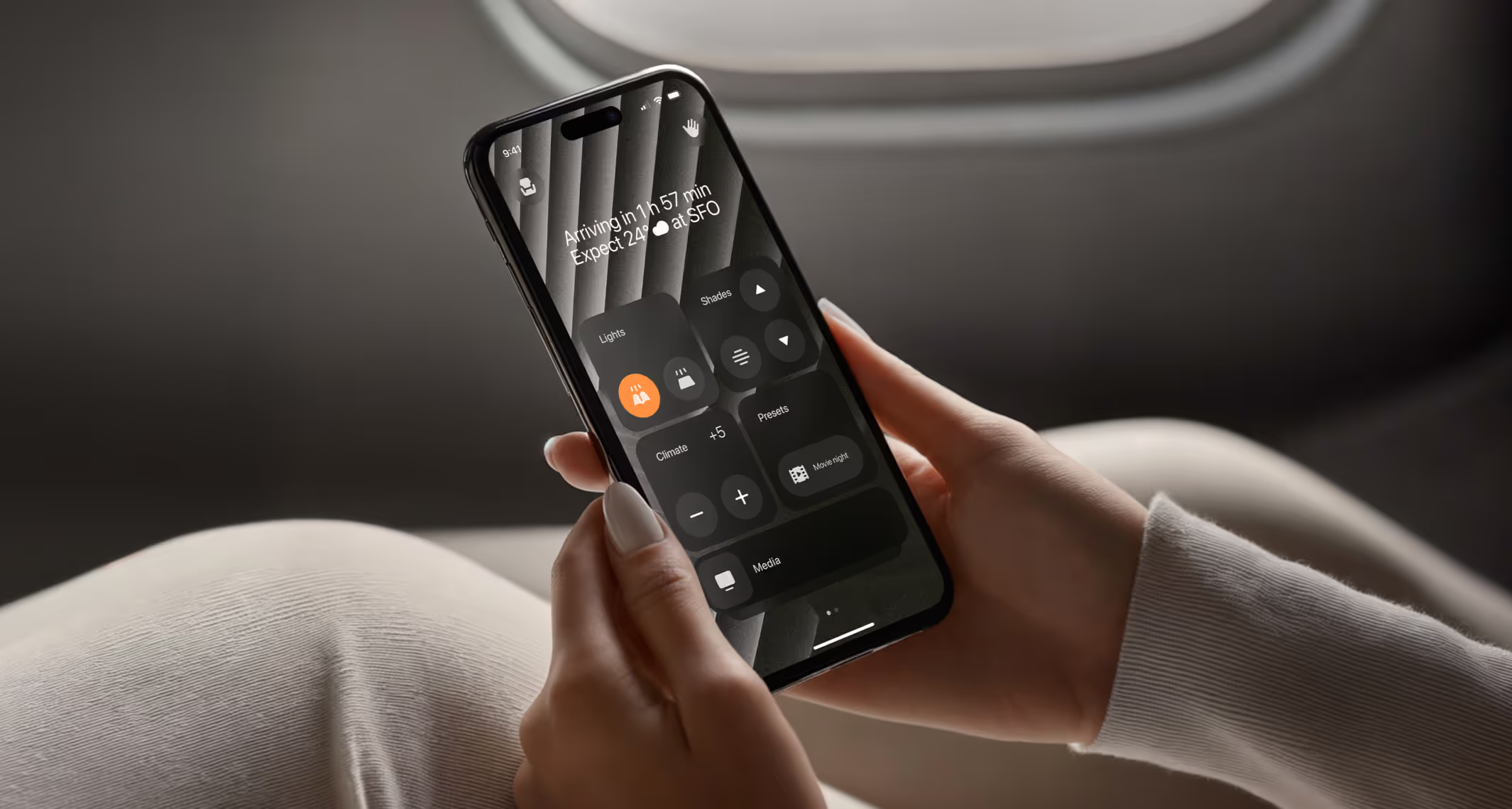Petcube GPS Tracker


,
,
,
,
,
,
,
,
Petcube connects pets to the Internet and gives them a voice. For a long time, we worked together to design and launch interactive pet cameras. This year, however, they presented us with a completely new challenge: the Petcube GPS Tracker.
We’ve completed the whole scope of work, including: initial research, hardware design, packaging design, app UX/UI, dev supervision, and marketing materials.
Got 2 awards:
“Launching products from 0 to 1 is our key expertise.”



The Petcube GPS Tracker puts pets on a map so their parents can keep tabs on them at all times. But to make it this simple, we had to go through the 5 stages of the Design Thinking: Empathize, Define, Ideate, Prototype, Test.
To understand the Petcube team's vision of the new product, we invited a team of designers, engineers, and user experience specialists. We held a series of Discovery and Ideation workshops with project stakeholders to define the key challenges and opportunities.
Next, we conducted a series of workshops with pet parents to align their needs, pain points, and expectations with our vision for the Petcube Tracker.
We discovered a core use case: beyond a fitness tracker for pets, parents want a simple way to locate their dogs when they're lost.

On the hardware end, Petcube GPS Tracker equipped with LED lights and a high-frequency beeper for additional search cues. Tracker flexible silicon case glows in the dark, translucent housing is lightweight, IP67 certified for durability and water resistance.


Designed for dogs and their favourite humans.
We’ve built a bone—cute, resourceful, and sustainable. We wanted the packaging to resonate with our audience, so we tried a dozen options before settling on this gorgeous treat.


New Tracker functionality is integrated to the existing Petcube app. O0 goal was to simplify navigation, provide quick access to features, and clearly show the pet's status and location. To make our design intuitive, we iterated our ideas using feedback from pet parents and advice from usability experts.

During testing, users were confused about the "Live Location" feature, which updates every second, unlike standard tracking (1-3 min). Key UX insights: This mode should be used only when the pet is lost, Users should know it is battery-intensive.


We renamed the feature to "Lost Dog Mode" and added a swipe activation to prevent accidental use. We’ve also added an "Intro" screen to the app setup so users can learn about this important feature before they might need it in an emergency.

A light and a beeper provide extra clues when a dog is nearby but not visible.

We encourage pet parents to celebrate their pets' fitness achievements, using playful tone of voice and data on miles covered and calories burned.

Tracker records every step of the journey with precise mapping so pet parents can see where and when their dog was at a specific time.

Pet parents can set safe zones and receive instant alerts if their dog wanders too far.

Users’ feedback and data help make the best apps. So we continued to improve our UI and app after the launch. This process isn’t just about fixing issues; it is about making our Pet Tracker an integral part of the pet safety ecosystem.















.avif)
.avif)














































































